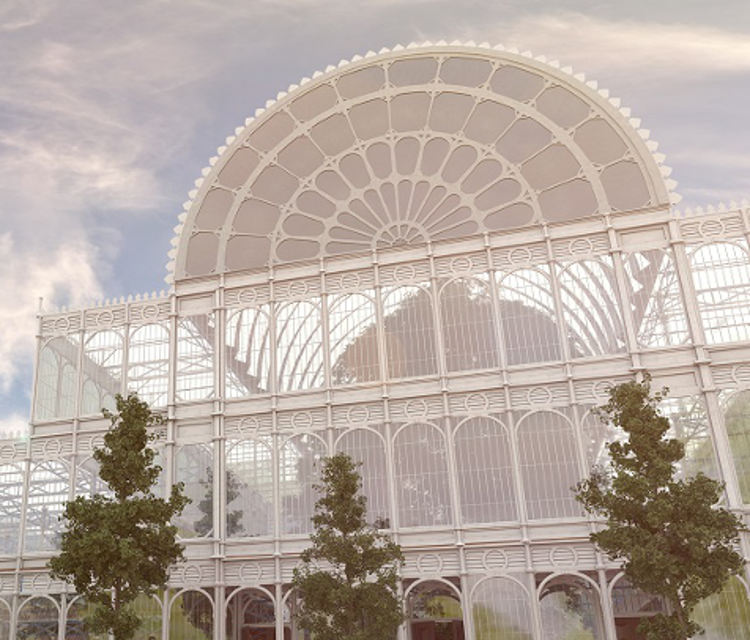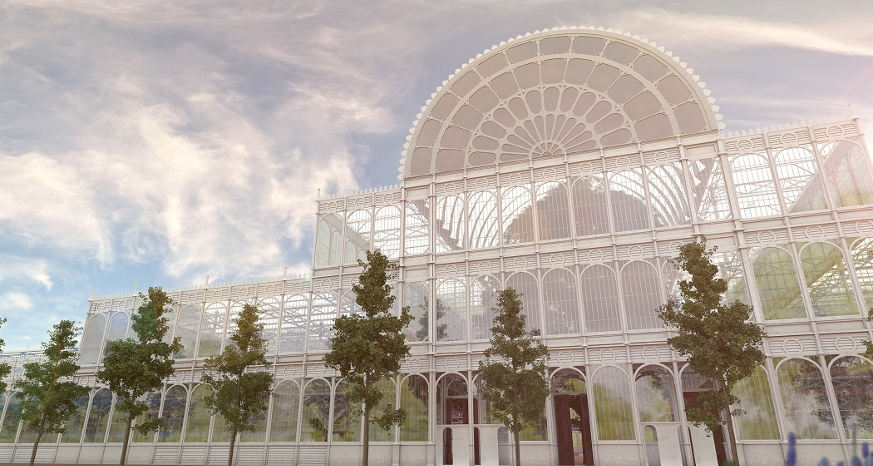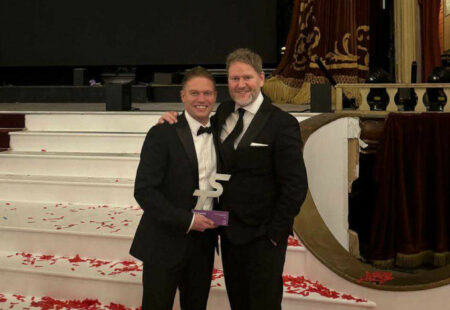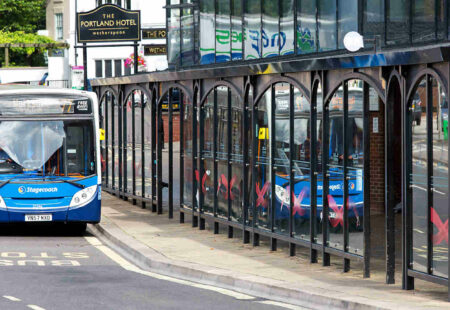
Chesterfield technology company recreate The Great Exhibition in Hyde Park for 169th anniversary.
Seymour & Lerhn, an educational service delivered by Chesterfield technology company Oasis Studio, have recreated the Crystal Palace of The Great Exhibition of 1851 as a 3D virtual tour for Royal Parks, to mark the events 169th anniversary.
The Great Exhibition was an event to try and bring everyone together, and whilst also taking the chance to show off just how great Britain was, Prince Albert organised what would come to be known as the first World’s Fair. He invited countries from around the world to exhibit, to encourage commerce and establish British superiority.
The Crystal Palace that had been built in Hyde Park was demolished and relocated to an area of South London, that now bears its name, in 1854. You can still see the footprint of the original building marked out by South Carriage Drive.
The virtual tour allows you to go back to 1851 without using expensive VR hardware, as it can be accessed using the devices that you already own, such as tablets; PCs, laptops, and mobile phones.
The tour offers a way for people to ‘get out of their house’, without actually having to leave their home. Visitors can take a tour of the Crystal Palace building, and learn something new using the educational, interactive hotspots, and look at fascinating illustrations of how the Crystal Palace looked in 1851.
“We’ve harnessed today’s technology to bring The Royal Parks’ heritage to life, uncovering the park’s past for everyone to enjoy, especially those who aren’t able to visit in person,” says Ledy Leyssen, head of learning at The Royal Parks.
Charlie Power from Seymour & Lerhn adds that “with the lockdown continuing, the virtual tour offers a unique way for people to ‘get out of the house’ and explore the history hidden within Hyde Park – all without actually having to leave their homes.”
Despite burning down in 1936, the legacy of the Great Exhibition lives on. The profits were put towards building the Natural History Museum, Science Museum and the Victoria & Albert Museum, as well as set up trusts to fund research and development that still exist today.



